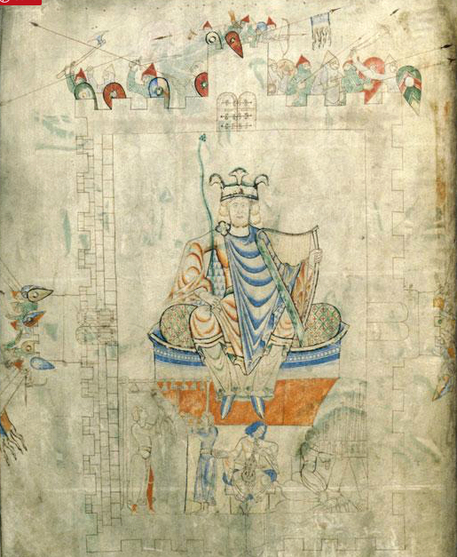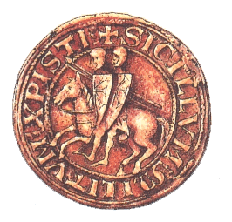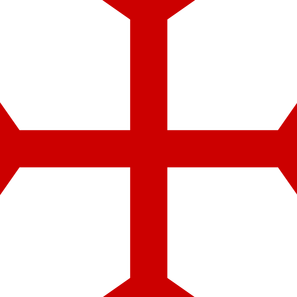 Bible of Stephen Harding DIJON, Bibliothèque municipale, MS 0014, folio 13v Bible of Stephen Harding DIJON, Bibliothèque municipale, MS 0014, folio 13v In 1118, Stephen Harding, the abbot of Citeaux Abbey south of Dijon, mentors and befriends Bernard of Clairvaux, and expresses an interest in translating books from the Old Testament since they describe treasures buried beneath the Temple Mount where Solomon’s Temple stood. Harding's convictions about the veracity of specific passages of the Old Testament change the course of western history. Bernard of Clairvaux, one of the most influential men of the period, then taps his nephew Hughe de Payens to establish the Order of the Temple of Solomon in Jerusalem. The following year, Count Hugh of Champagne, the patron of the Cistercians, goes to Jerusalem and nominates his vassal Hughe de Payens to become the Grand Master of a proposed new order to be named the Order of the Temple of Solomon (Knights Templar) under the Rule written by Bernard of Clairvaux with their express mission being to protect pilgrims on their journey to visit the Holy Places. King Baldwin II of Jerusalem and Warmund of Picquigny, the Patriarch of Jerusalem at the Council of Nablus, grant approval for the order of the Knights Templar in 1120 and also grant the Temple Mount as their headquarters. In keeping with the convictions of Harding, the Knights Templar excavate under the Temple mount for nine years between 1120 and 1128 . They, no doubt were in search of the treasures of the Temple, which would have dropped below the Temple Mount for safe keeping when Jerusalem came under siege, which happened in 70 A.D. when the Romans destroyed the city and the Temple. The order of the Knights Templar is recognized by Pope Honorius II in 1129, and he grants the order unlimited power and freedoms. Relics and treasures, no doubt, made their way to Rome and to Europe after the knights unearthed the buried hoard. Own a piece of this remarkable period by acquiring a gold leaf illuminated poster.
0 Comments
Leave a Reply. |
AuthorPeter Hebert Archives
March 2021
Categories |


 RSS Feed
RSS Feed
